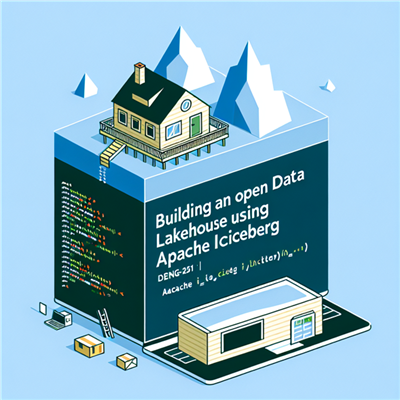
Unraveling the Basics of Developing Microservices with Node JS: A Comprehensive Guide
The digital world is evolving at an unprecedented pace, and to keep up, businesses are constantly seeking innovative ways to scale and improve their applications. One of the most powerful solutions to this demand is the use of Microservices with Node JS. This approach has revolutionized the way developers design, implement, and maintain web applications. If you're a developer or an IT professional who wants to upgrade your skills, you might want to consider Developing Microservices with Node JS course offered by Koenig Solutions.
Understanding Microservices and Node JS
Microservices, also known as the microservice architecture, is an architectural style that structures an application as a collection of small autonomous services, modeled around a business domain. Node JS, on the other hand, is an open-source, cross-platform, JavaScript runtime environment that executes JavaScript code outside of a web browser. Combining these two powerful tools can result in highly scalable and efficient applications.
Why Choose Microservices with Node JS?
- Scalability: With microservices, you can scale your application one service at a time. This ensures that resources are used effectively and only when necessary.
- Flexibility: Microservices can be written in any programming language. This means you can use Node JS for one service and another language for a different service.
- Easy Deployment: Since microservices are independent of each other, you can easily update or repair a specific service without affecting the entire application.
Getting Started with Developing Microservices with Node JS
Once you've grasped the basic concept of microservices and Node JS, it's time to dive into the development process. Here are some steps you can follow to get started:
- Design Your Services: The first step to developing microservices is to design your services. This involves identifying the functionalities that each service will handle.
- Set Up Your Development Environment: Next, you need to set up your development environment. This includes installing Node JS and any other tools or libraries you'll need.
- Develop Your Services: Once your environment is set up, you can start developing your services. Remember to keep each service small and focused on a single functionality.
- Test Your Services: After developing your services, it's crucial to test them to ensure they're working as expected. This can involve unit testing, integration testing, and end-to-end testing.
- Deploy Your Services: Finally, once everything is working correctly, you can deploy your services. This can be done using various deployment tools and platforms.
Developing Microservices with Node JS can be a challenging task, but with the right training and resources, it can become a lot easier. This is where Koenig Solutions, a leading IT training company, comes in. They provide a comprehensive course on Developing Microservices with Node JS, designed to equip you with the skills and knowledge you need to excel in this field.
Wrapping Up
Understanding and mastering the basics of developing microservices with Node JS can open up a world of opportunities for developers and IT professionals. With the right training, you can elevate your career to new heights. So, don't wait - explore Koenig's course today!







COMMENT